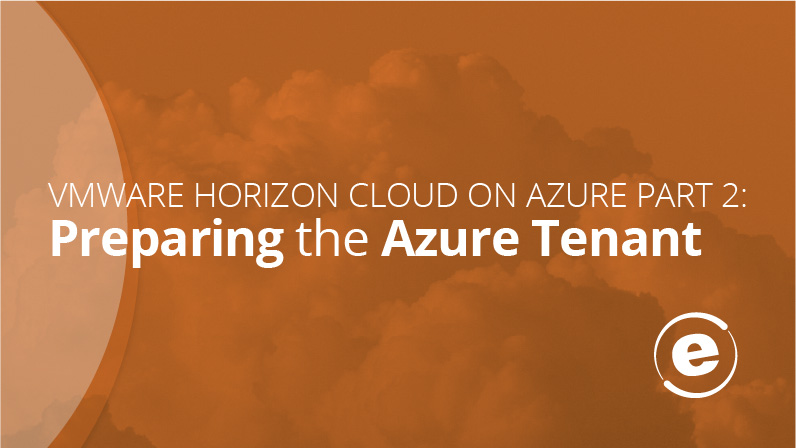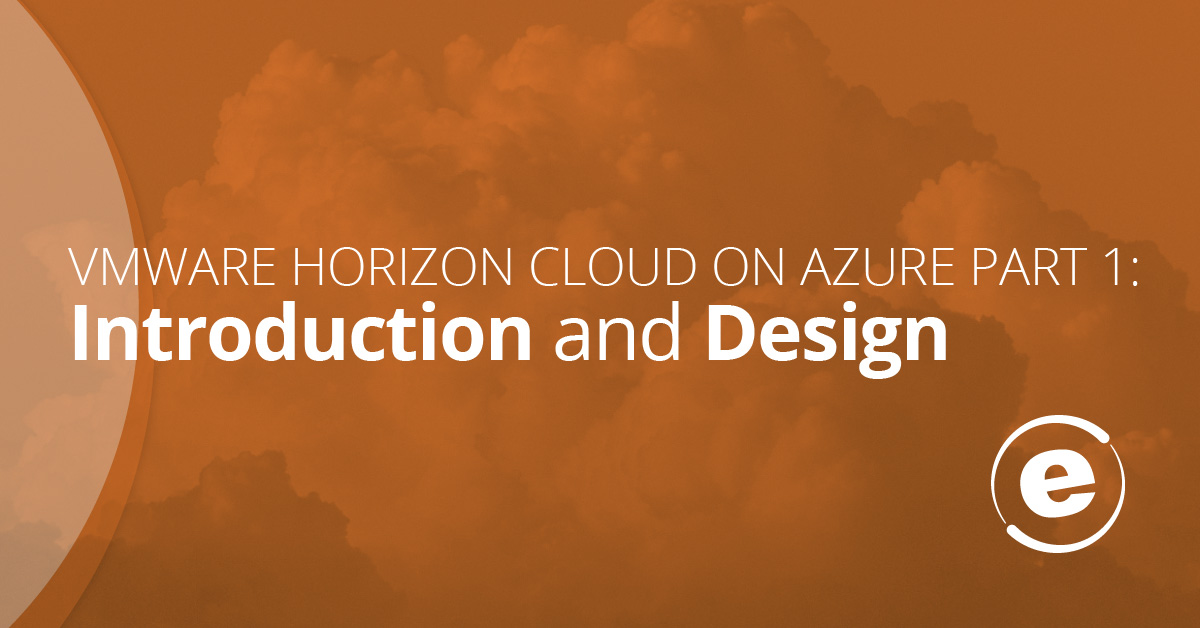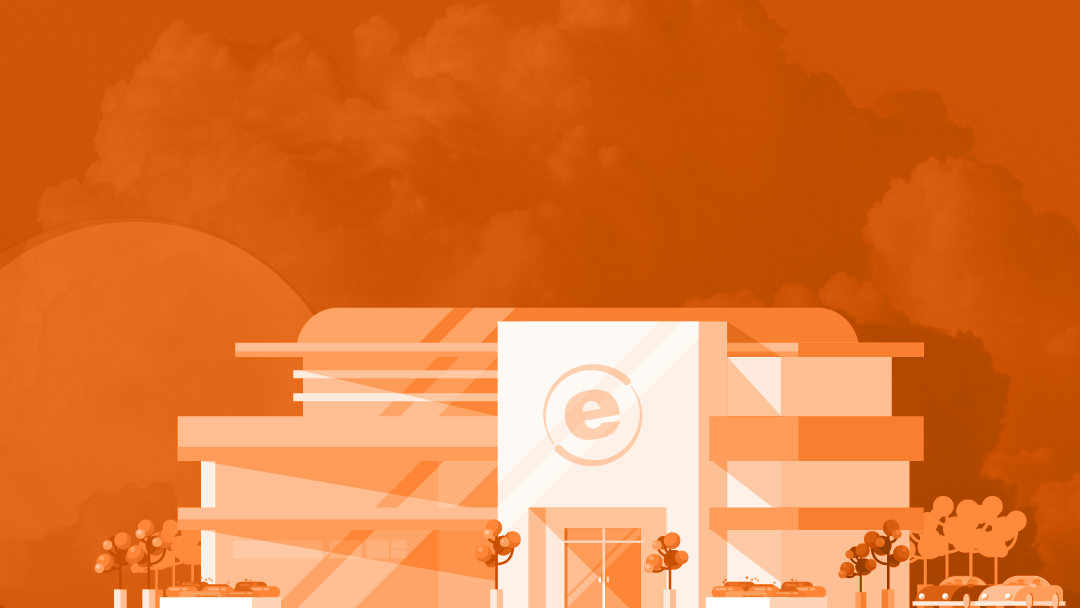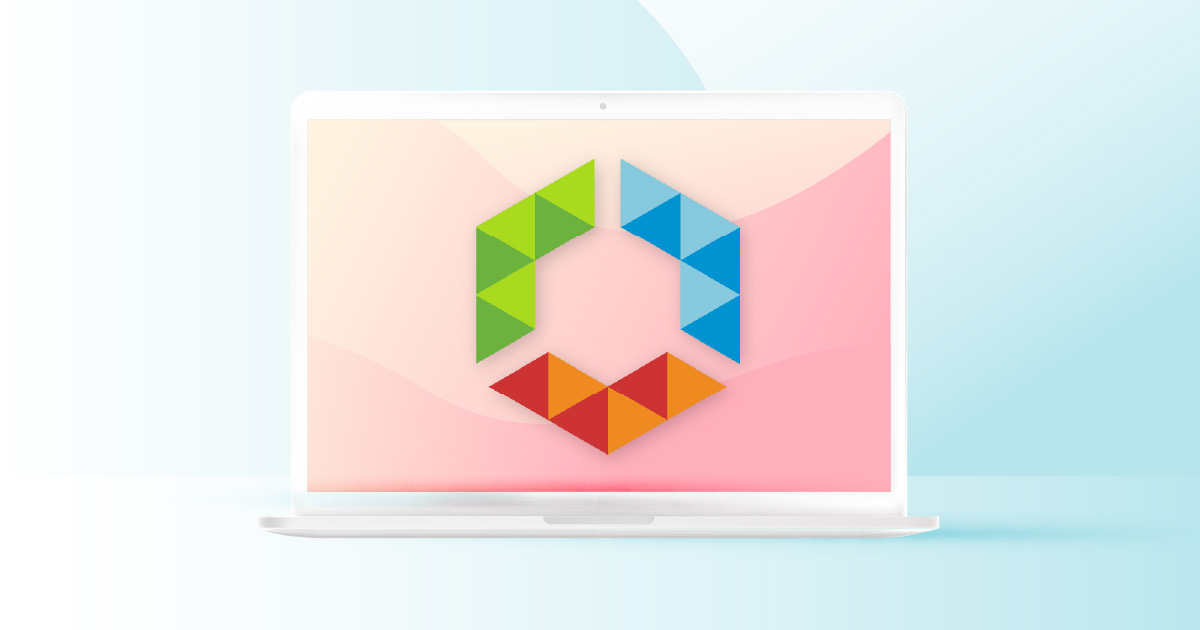Welcome back to the VMware Horizon Cloud on Azure blog series, During the previous blog in the series Introduction and Design, we shared our excitement around using Horizon Cloud to deploy on Windows Virtual Desktop. We explained the benefits between running both together, from leveraging WVD’s multi-session Windows 10, to how Horizon Cloud enables a full multi-cloud / hybrid-cloud VDI platform.
Now we get to get our hands dirty, and start the build out. Before we set off to preparing the Azure tenant, I once again wanted to share the list of required Virtual Machines and Services.
Required Virtual Machines and Services
- Pod Deployment Engine – 1 x Standard F2
- Pod Manager with High Availability – 2 x Standard D4v3 or D3v2
- Microsoft Azure Database for PostgreSQL Service – Gen 5, Memory Optimized, 2 vCores, 10 GB Storage
- External Unified Access Gateway – 2 x Standard A4v2
- Internal Unified Access Gateway – 2 x Standard A4v2
*Note: if deploying to a new tenant, do not forget to increase your vCPU quota for the required instance types to a count well above the listed quantity. See here for more information on Quota increase requests.
Now it’s time to get started with the build work!
Getting Ready to Deploy – Preparing Your Azure Environment
This section walks you through the initial preparation of your Azure tenant for Horizon Cloud readiness. It is assumed that you already have a Microsoft Azure tenant available, with required VPN or Express Route connectivity already configured.
1. Login to Microsoft Azure Admin Portal



